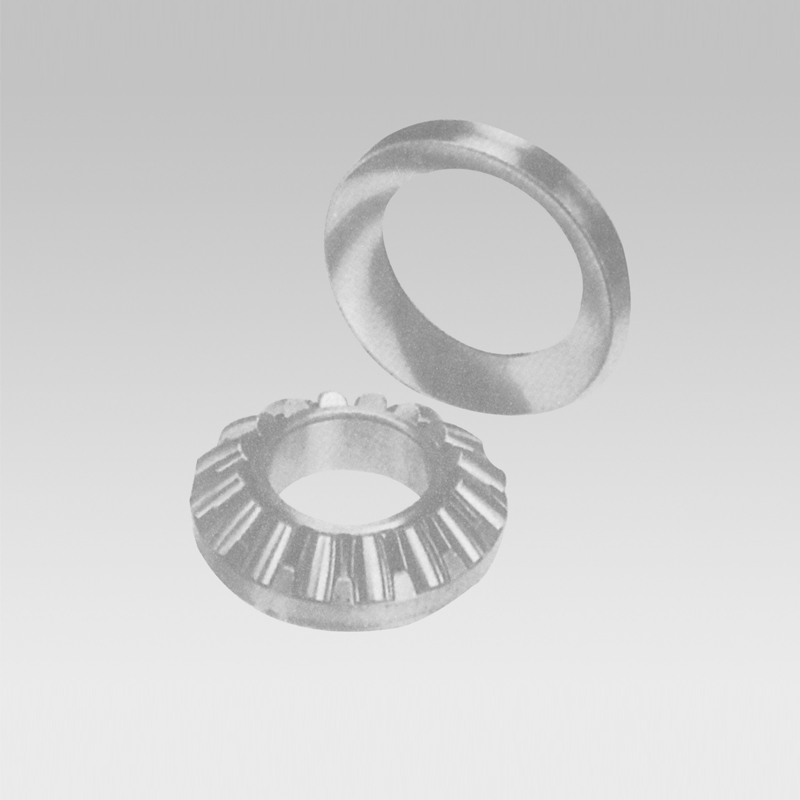
Nov . 24, 2024 16:29 Back to list
Standard Dimensions for Deep Groove Ball Bearings and Their Applications
Understanding Deep Groove Ball Bearing Standard Sizes
Deep groove ball bearings are essential components in many mechanical devices, providing reduced friction and increased efficiency. Their design allows for the accommodation of both radial and axial loads, making them one of the most versatile types of bearings used in various applications. This article delves into the standard sizes of deep groove ball bearings, their significance, and how to select the right one for your needs.
What Are Deep Groove Ball Bearings?
A deep groove ball bearing consists of an inner ring, an outer ring, a cage, and a set of balls. The races of these bearings have a deeper groove than standard ball bearings, which allows for greater load capacity and improved performance under high speeds. The simple and effective design is what makes them prevalent across industries, from automotive to aerospace, and even in household appliances.
Standard Sizes
Deep groove ball bearings come in a variety of sizes, standardized by international organizations like the International Organization for Standardization (ISO) and the American National Standards Institute (ANSI)
. Standard sizes provide a consistent framework for manufacturing and ensure interchangeability among different brands and applications.The most common deep groove ball bearing sizes include
- Metric Series These bearings are specified by the inner diameter (d), outer diameter (D), and width (B) in millimeters. Common sizes include 6000, 6200, and 6300 series, where the first digit indicates the type of bearing, and the next two digits refer to the size. For example, a 6205 bearing has an inner diameter of 25 mm, an outer diameter of 52 mm, and a width of 15 mm.
deep groove ball bearing standard sizes

- Imperial Series These are less common but still used in some applications, particularly in North America. They are measured in inches, with standard sizes like 1x2x0.5 and others that conform to the same dimensional standards found in metric bearings.
The standardization of sizes not only simplifies the manufacturing process but also ensures compatibility across different systems, making maintenance and replacement easier.
Importance of Selecting the Right Size
Choosing the right size of deep groove ball bearing is vital for optimal performance. An incorrect size can lead to failures due to misalignment, excessive wear, or bearing damage. When selecting a bearing, it's important to consider
1. Load Capacity Ensure the bearing can handle the maximum load in its application, factoring in both radial and axial loads. 2. Speed Rating Each bearing has a maximum speed limit. Exceeding this limit can result in overheating and premature failure. 3. Operating Environment Conditions such as temperature, moisture, and exposure to contaminants can affect bearing performance. Selecting the right seals and materials is crucial in such environments.
Conclusion
Deep groove ball bearings are indispensable in modern machinery and equipment, thanks to their adaptability and efficiency. By understanding the standard sizes and the importance of selecting the appropriate bearing for a specific application, manufacturers and engineers can enhance equipment reliability and longevity. Whether you're involved in designing new machinery or maintaining existing equipment, being well-versed in the nuances of deep groove ball bearing sizes will empower you to make informed decisions that optimize performance and reduce downtime.
Latest news
-
Spherical Roller Bearings Applications: Heavy Duty, Self-Aligning
NewsAug.30,2025
-
Premium Deep Groove Ball Bearings | High Speed & Reliability
NewsAug.29,2025
-
Durable Scaffolding Clamps - Secure & Reliable Tube Connectors
NewsAug.28,2025
-
Common Failures in Thrust Ball Bearings and Solutions
NewsAug.22,2025
-
How Tapered Roller Bearings Can Take Shock Loads
NewsAug.22,2025
-
Angular Bearings in High-Precision Spindles
NewsAug.22,2025
